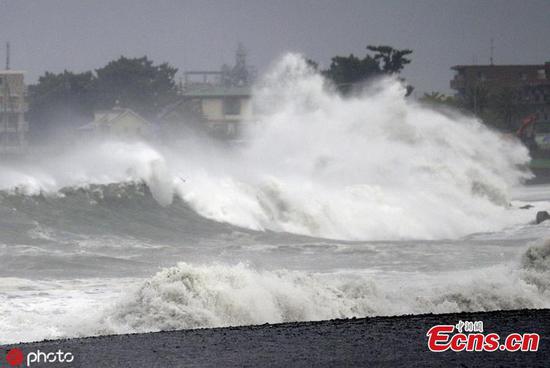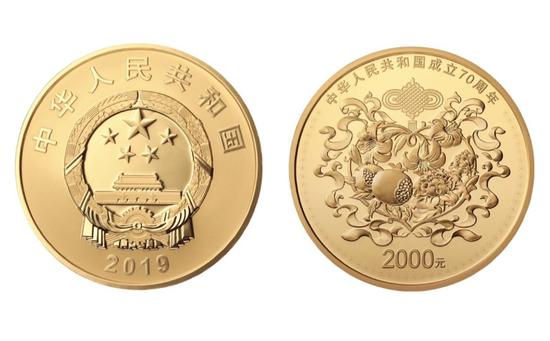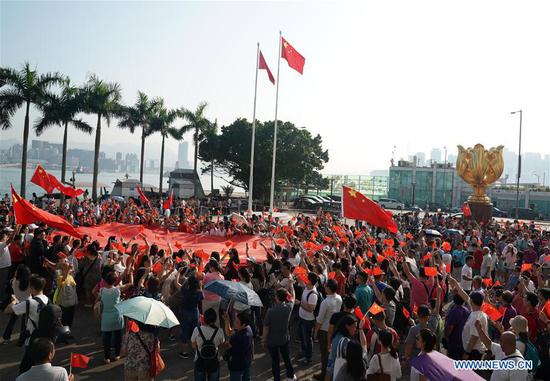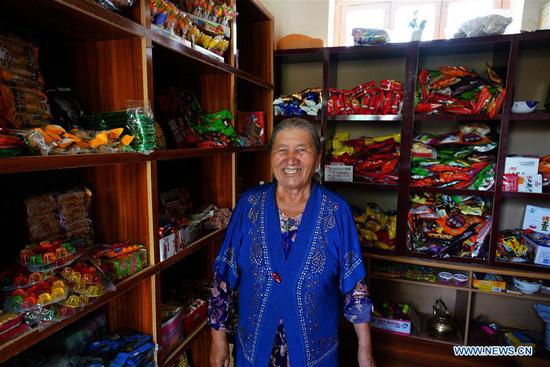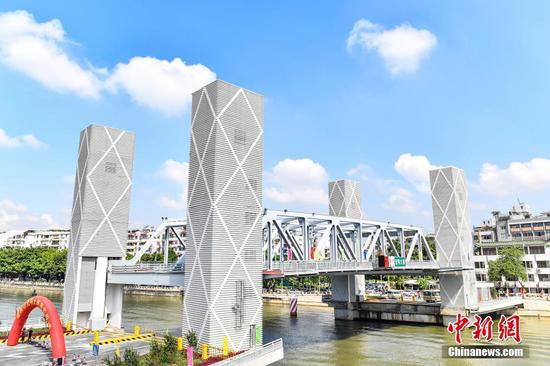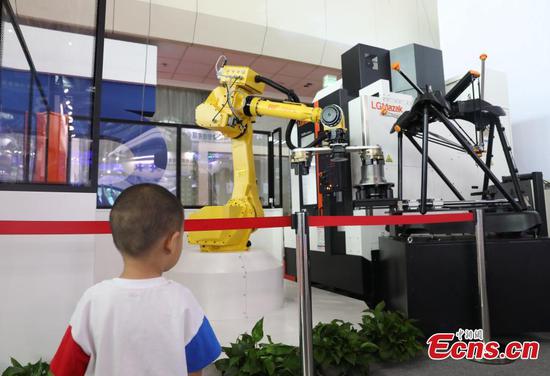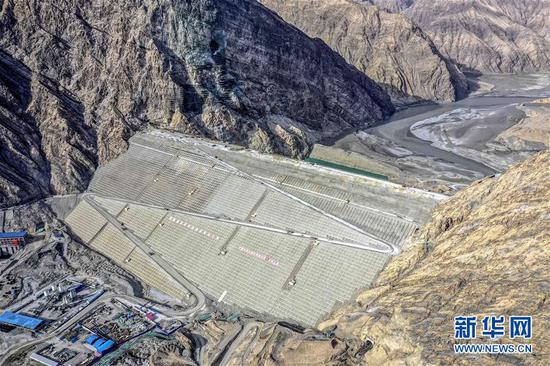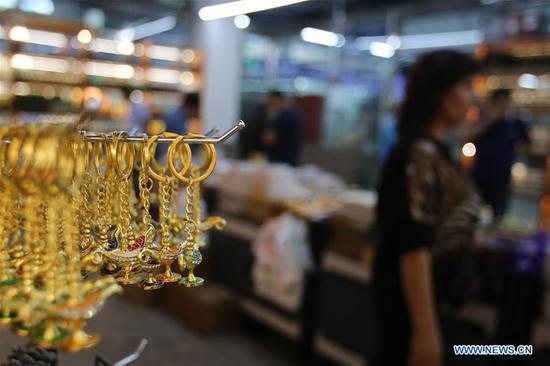The latest macroeconomic measures are expected to lower lending rates and support credit-fueled infrastructure to help bolster growth, economists said.
Policymakers have taken a series of key measures over the past week to enhance China's economic strength and sustainability. As an anticipatory monetary adjustment policy, authorities decided to increase liquidity in the financial sector and encourage banks to lend more funds at lower rates to enterprises.
Lending costs could be further reduced by at least 0.1 percentage point following the central bank's announcement on Friday regarding the reserve requirement ratio, or the percentage of cash that banks must keep in their vaults, they said.
The People's Bank of China, the central bank, announced on Friday a cut of 0.5 percentage point of the ratio for all banks to take effect from next Monday. It was the third ratio cut so far this year.
To strengthen support of small, micro and private enterprises, the PBOC offered an additional ratio cut of 1 percentage point for qualified city commercial banks, which will be implemented in two phases-on Oct 15 and Nov 15-cutting 0.5 percentage point in each phase. The PBOC predicted the measure will release about 900 billion yuan ($126 billion) in liquidity.
Banks will have cheaper funds to lend out, said Jiang Chao, an analyst at Haitong Securities. "Theoretically, the move will enable banks to cut the price of loans banks offer to their best clients by 0.1 percentage point."
Economists called the ratio cut a move made "just in time", and said they indicated the PBOC's intention to cope with external shocks. The China-US trade dispute and a slower global economic growth outlook have dampened recent market sentiment. The PBOC aims to maintain stable credit growth to reduce economic fluctuations, they said.
"The latest reserve ratio cut will increase lending momentum and lower market risk, thus supporting credit-fueled infrastructure construction," said Banny Lam, head of research at CEB International Investment. "In general, investment in urban infrastructure and railways remains one of the major growth drivers of China's economy."
Chinese policymakers are likely to shift their focus to conduct more growth-boosting measures to offset the downward pressure on its growth momentum from the escalating trade tensions with the US, Lam said.
From September to the end of the year, new yuan-denominated loans are likely to increase given the improved monetary environment and stronger government support for infrastructure construction, said Zhou Wenyuan, managing director and chief researcher at Guotai Junan Securities.
More capital available in the market will be in line with the country's proactive stimulus policy, and the money will mainly be used to accelerate issuance of special local government bonds to catalyze effective investment, Zhou said.
The Ministry of Finance also announced on Friday that China will allocate, in advance, part of next year's quota for special bonds and ensure that funds raised from such bonds are readily available at the start of next year in an effort to spur effective investment and expand domestic demand.
The latest liquidity injection will also strengthen financial stability, especially for small and medium-sized banks, and reduce debt risk, analysts said.





























